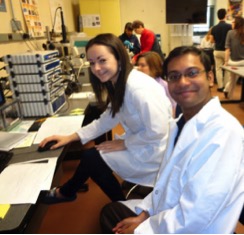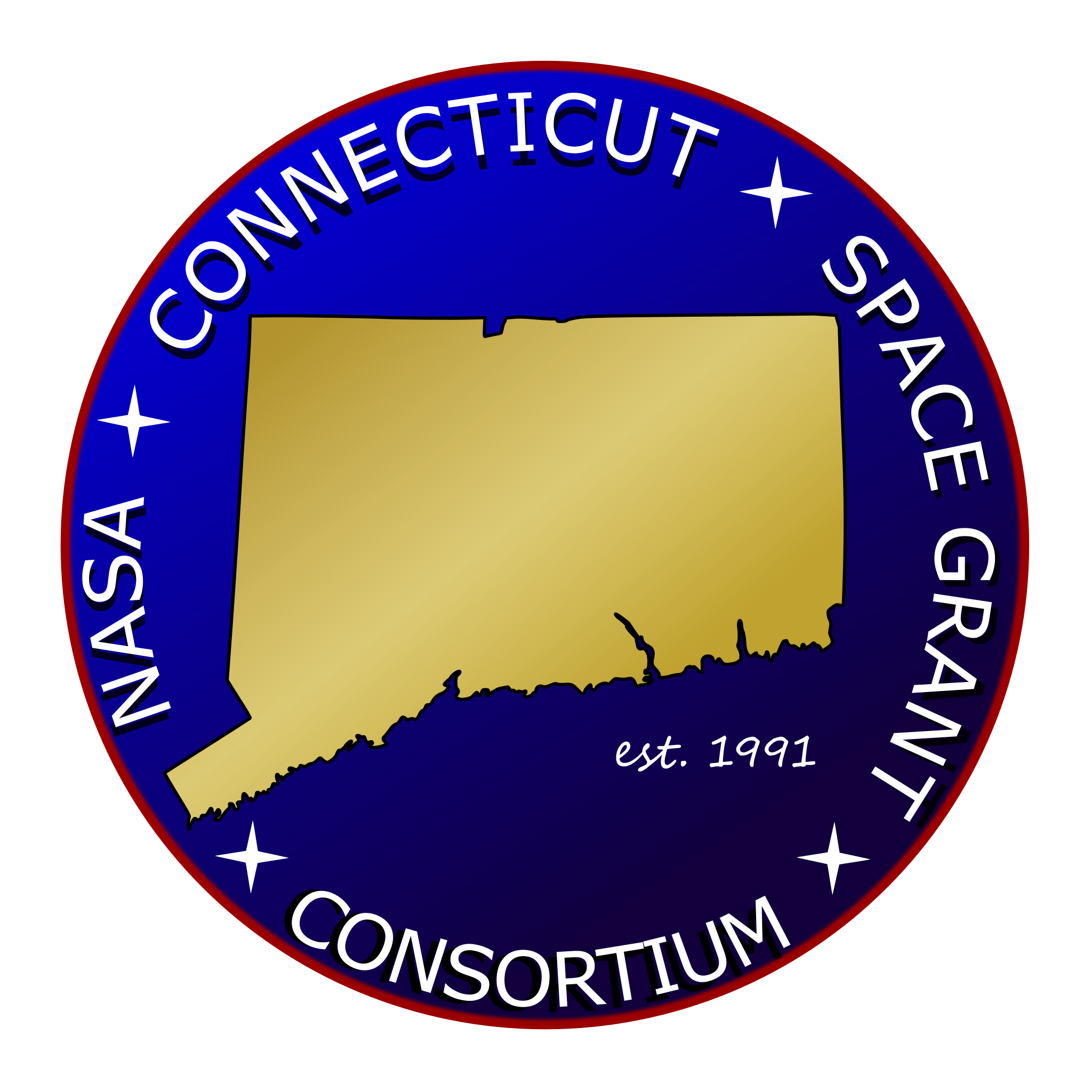In the Fall of 2015, Caitlin Hansen was awarded an Undergraduate Research Fellowship from NASA CTSGC to proceed with an image processing study titled “Determination of Nanoparticle Size Distributions to Investigate Sameness.” This study served as a continuation of her Honor’s Thesis through the physics department at Southern Connecticut State University.
The study began as a general statistical analysis of big data using pharmaceutical nanoparticle size measurements as a model system. Nanoparticle size analysis is an area of concern for numerous industries and organizations, like NASA, because the physical properties of materials often change as size is reduced from bulk to nanoscale. Therefore, accurate particle size distributions are a necessity when investigating the unique and often unanticipated properties of nanoparticles. This study assessed the bioequivalence of nanoparticles synthesized through two different methods by pharmaceutical companies. Morphology measurements were made on transmission electron microscope (TEM) images using hand-drawn ellipses as representative particle shapes. Upon statistical analysis, it was determined that this hand-drawing method introduced too much error to the particle size measurements for accurate comparison of the two synthesis methods.

Caitlin Hansen (left) and Dr. Mohd Hossain (right)
A Java macro was developed with ImageJ, an open-source Java-based image processing program, to automate and standardize the particle size measurements (Figure 1). Various image processing techniques were investigated to determine the optimal method of removing TEM camera artifacts and reducing background noise (Figure 1.A). Image segmentation was then applied to the processed TEM images to cluster pixels into salient image regions for identification of particles from the background (Figure 1.B). The segmented images were converted to binary for automated predictive size measurements (Figure 1.C). The determination of particle edge was standardized throughout all TEM images when using the macro, eliminating the human error from the previous method of measuring particle sizes by hand. Furthermore, entire batches of TEM images were able to be processed, allowing for collection of larger sample sizes. Overlaying the automated particle identification images on the original TEM images supports the capabilities of the macro to collect measurements from TEM images of various contrast levels and focus (Figure 2). Overall, the developed Java macro for particle prediction allowed for easier comparison of the two synthesis methods.
This fellowship allowed Caitlin to unite her physics background with her interests in statistics, data analysis, and algorithm development. With her newly developed skills, Caitlin recently accepted a job offer at Pratt & Whitney as a Business Data Analyst. She plans to gain experience working in industry and to pursue a higher-level education through graduate school in the near future.

Figure 1: Representative nanoparticle TEM image showing results for each processing step

Figure 2: Representative TEM images with the automated particle predictions overlaid on the original TEM images
